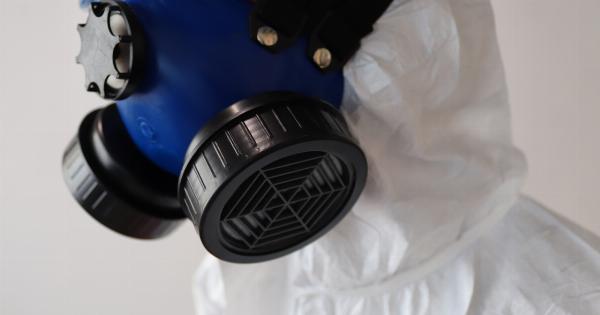Asthma, a chronic respiratory condition, affects an estimated 235 million people worldwide, according to the World Health Organization (WHO). It is characterized by recurring episodes of wheezing, coughing, chest tightness, and shortness of breath.
While asthma can be managed with medication and lifestyle changes, certain moves can significantly worsen symptoms and put the health of asthma patients at risk. In this article, we will shed light on two such moves that should be avoided to ensure the well-being of individuals with asthma.
1. Smoking or Exposure to Secondhand Smoke
Smoking is known to be detrimental to overall health, but its effects are particularly severe for asthma patients. The harmful chemicals present in tobacco smoke can trigger asthma attacks and make breathing difficulties even worse.
Smoking not only increases the frequency and severity of asthma symptoms but also reduces the effectiveness of medications used to control the condition.
In addition to smoking, exposure to secondhand smoke also poses a significant risk for asthma patients. Spending time in environments where others smoke can lead to the same negative consequences as being a smoker.
Secondhand smoke contains a mix of toxic chemicals that irritate the airways and cause inflammation, leading to an increased risk of asthma attacks.
To protect the health of asthma patients, it is crucial to completely avoid smoking and areas where smoking occurs. Quitting smoking can be challenging, but there are various resources and support available to help individuals overcome the addiction.
Creating smoke-free environments, both in public spaces and at home, is equally important to protect these individuals from the harmful effects of secondhand smoke.
2. Ignoring Environmental Triggers
Environmental triggers play a significant role in the development and exacerbation of asthma symptoms. Some common triggers include dust mites, pet dander, pollen, mold, and air pollution.
Ignoring these triggers can lead to increased asthma symptoms and a higher risk of asthma attacks.
Dust mites, tiny creatures that thrive in warm and humid environments, are a common trigger for asthma. They can be found in bedding, upholstered furniture, and carpets.
Pet dander, consisting of tiny skin flakes from animals, is another trigger that can worsen asthma symptoms. Whether it is cat dander or dog hair, exposure to pets can lead to respiratory distress in individuals with asthma.
Pollen, produced by trees, grasses, and flowers, is a well-known trigger for allergies and asthma. It is crucial for individuals with asthma to stay informed about local pollen forecasts and take precautions on high-pollen days.
Mold, another common trigger, thrives in damp environments such as bathrooms and basements. Regular cleaning and controlling moisture levels can help minimize mold growth and reduce asthma symptoms.
Air pollution, both indoors and outdoors, poses a significant risk for asthma patients.
The inhalation of pollutants such as smoke, industrial emissions, and particulate matter can irritate the airways, trigger asthma symptoms, and increase the risk of asthma attacks. It is essential to avoid areas with high levels of pollution and to ensure good ventilation in indoor spaces.
Conclusion
Avoiding certain moves can significantly improve the health of asthma patients. Quitting smoking and avoiding exposure to secondhand smoke is crucial to prevent worsening of symptoms and reduce the risk of asthma attacks.
Additionally, identifying and avoiding environmental triggers such as dust mites, pet dander, pollen, mold, and air pollution is vital to minimize asthma symptoms.
By being proactive and mindful of these two moves, individuals with asthma can better control their condition and lead a healthier life.
It is essential to raise awareness about these risks and provide necessary support to asthma patients to ensure their overall well-being.




























